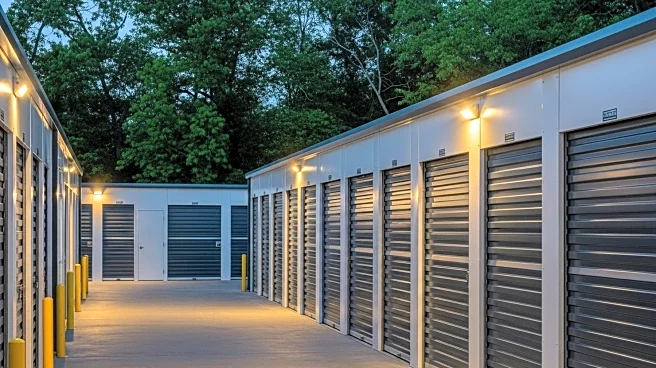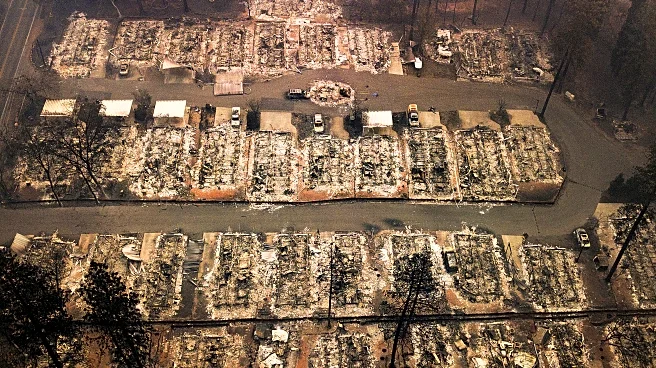What's Happening?
The self storage market in Orlando and Kissimmee, Florida, has experienced significant growth, with sales reaching $31 million in the second quarter of 2025. This surge is attributed to strong investor demand driven by population growth and increased mobility in Central Florida. According to StorageCafe's report, Kissimmee recorded $20.2 million in sales over 170,000 square feet, while Orlando added $11.3 million across 94,000 square feet. The region's self storage market ranks among the nation's most active, with Kissimmee and Orlando positioned as key players due to their rapid in-migration and suburban expansion.
Why It's Important?
The growth in the self storage market reflects broader economic trends in Central Florida, where population increases and suburban expansion are driving demand for storage solutions. This trend is significant for investors and developers, as it indicates a stable market with potential for long-term growth. The strong performance of the self storage sector contrasts with uneven fundamentals in office and retail markets, highlighting the resilience of storage facilities in absorbing population shifts and supporting urban development.
What's Next?
As Central Florida continues to experience population growth, the demand for self storage facilities is likely to remain strong. Investors may continue to focus on this sector, capitalizing on the region's expansion and the steady influx of new residents. The ongoing development of suburban areas and the tourism-driven economy in Orlando will further support the self storage market, potentially leading to more investments and expansions in the future.
Beyond the Headlines
The self storage market's growth in Central Florida underscores the importance of infrastructure development in rapidly expanding regions. As more people move to the area, the need for storage solutions becomes critical, reflecting broader societal shifts towards urbanization and mobility. This trend may also influence local policies and planning decisions, as communities adapt to accommodate increasing population densities and the associated demand for services.











